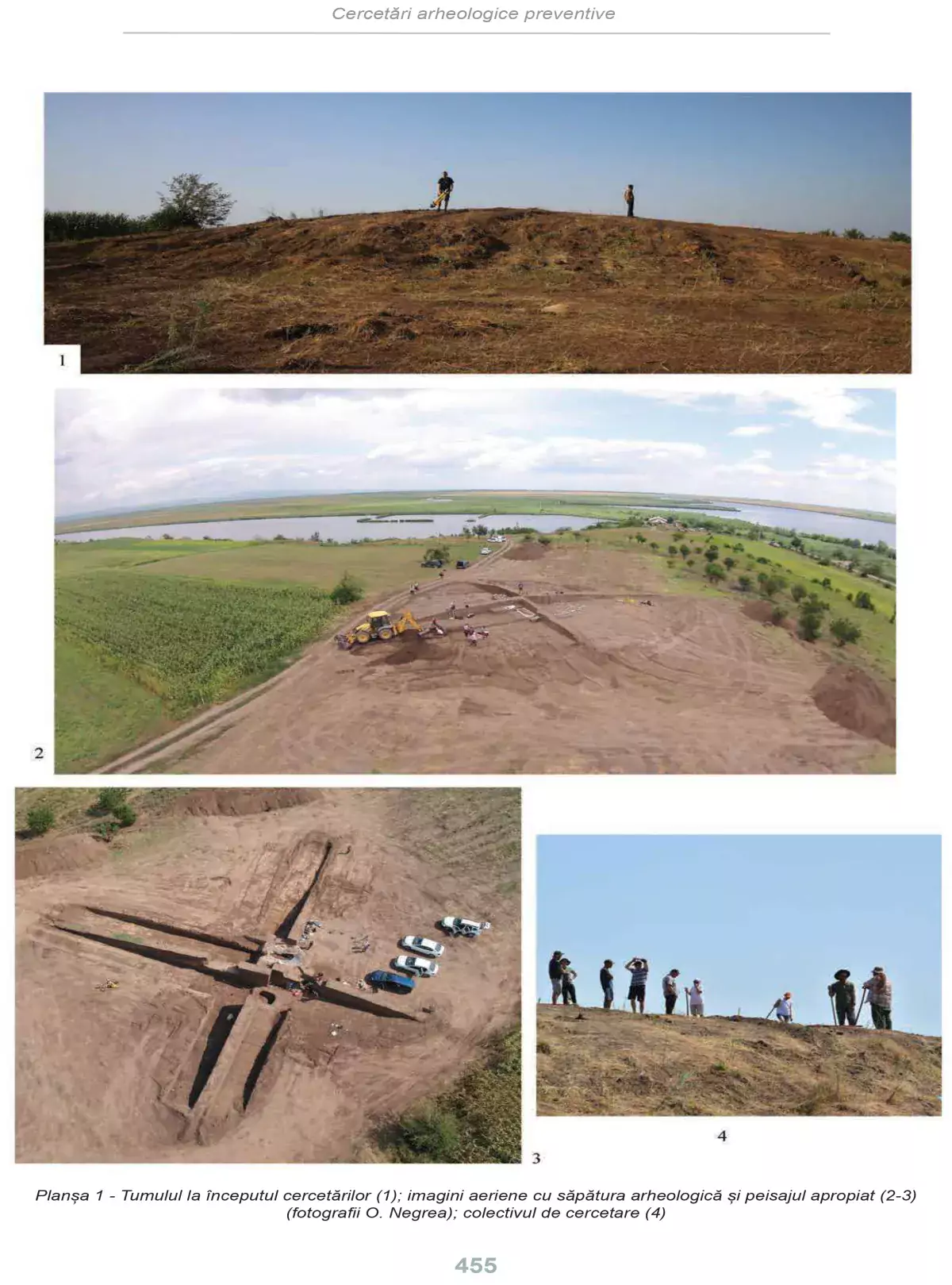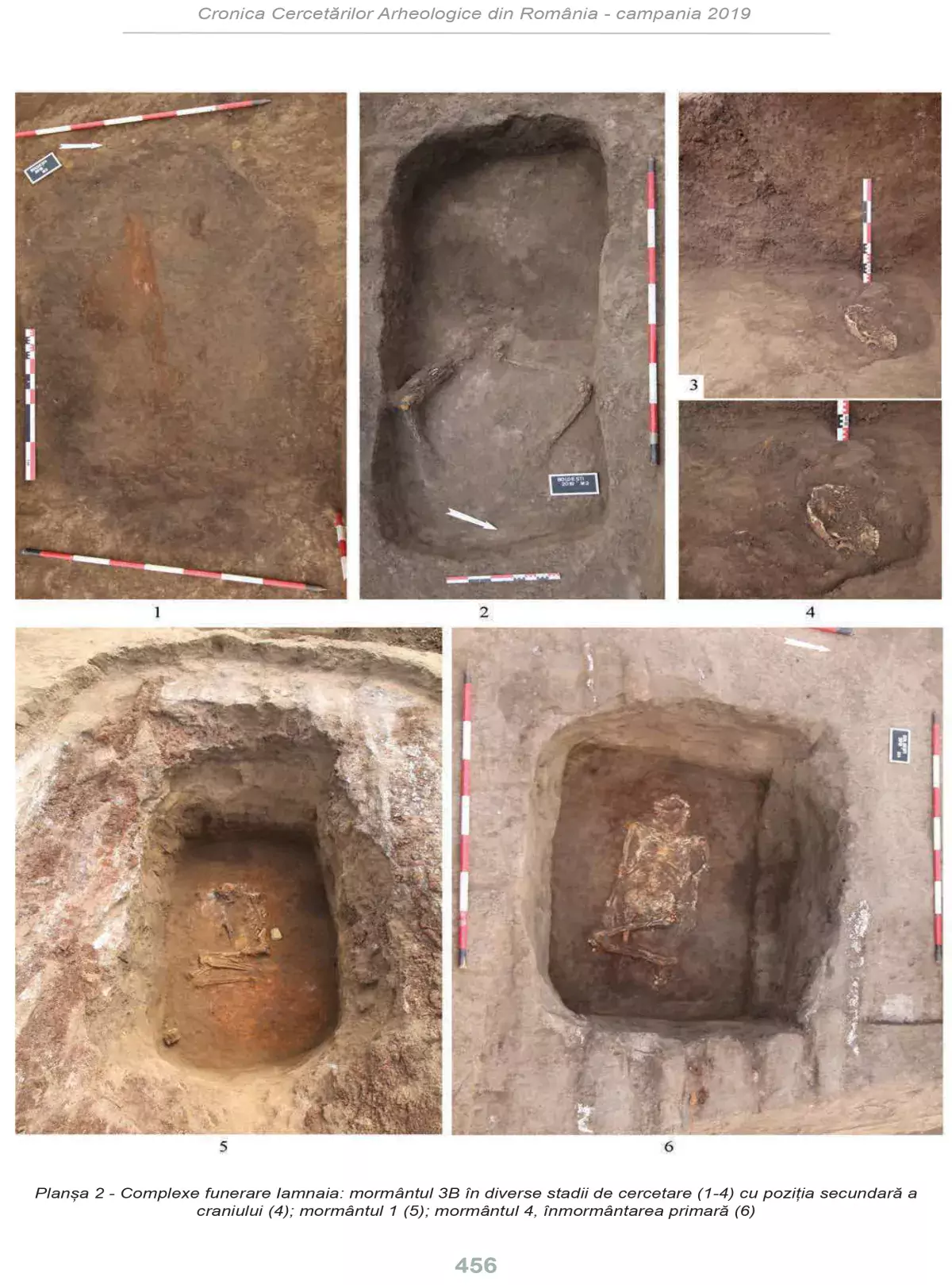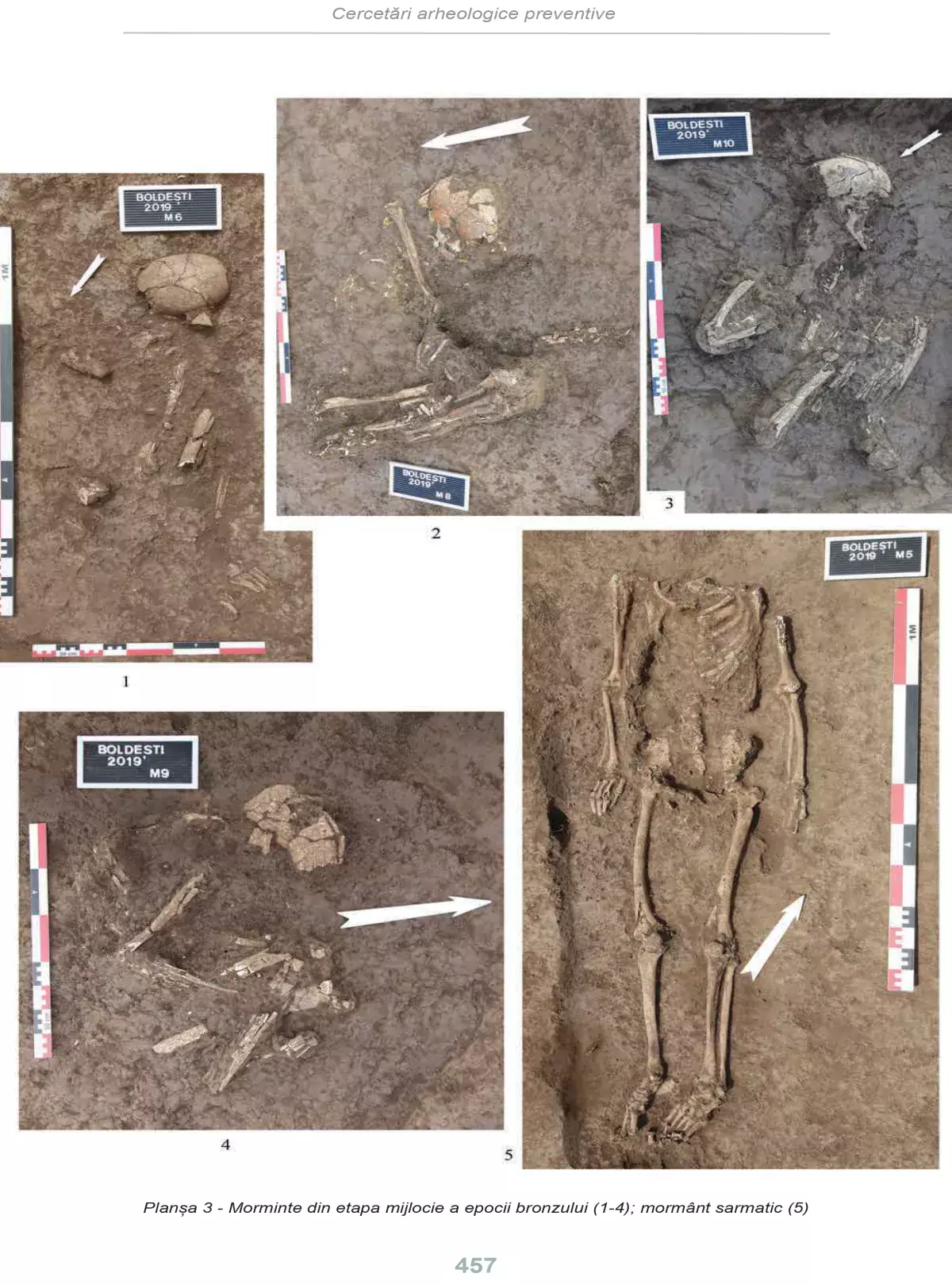Authors: Alin Frînculeasa (Prahova County Museum of History and Archaeology), Volker Heyd (University of Helsinki), Bianca Preda-Bălănică (University of Helsinki), Wesa Perttola (University of Helsinki), Claudia Dumitrescu (Prahova County Museum of History and Archaeology), Octav Negrea (Prahova County Museum of History and Archaeology), Martin Trautmann (University of Helsinki), Tomi Kuljukka, Tia Niemelä, Alexander Suvorov (University of Helsinki), Tian Chen Zeng (Harvard University), Maxime Brami (Johannes Gutenberg-Universität Mainz)
Abstract
In the summer of 2019 the ERC Advanced Project The Yamnaya Impact on Prehistoric Europe, based at the University of Helsinki, Finland, in collaboration with the Prahova County Museum of History and Archaeology conducted archaeological excavations in Boldești village, Boldești-Grădiștea locality, Prahova County. The team was comprised of archaeologist, scientific specialists and students from both University of Helsinki and Prahova Museum, as well as colleagues from Germany and the USA.
The aim of the archaeological campaign was to investigate an Early Bronze Age burial mound (kurgan or tumulus) 2.9m high and 50m in diameter, also known under the name of Movila Crăciuneasca. The mound had been partially destroyed prior to the beginning of research, the south-western area being affected by illegal excavations that removed soil and used it for the fishery facilities located nearby. Furthermore, the western periphery of the mound was cut by a road that provided access to the already mentioned fishery. In order to obtain conclusive stratigraphic information, two main baulks with a thickness of 1m were left standing, oriented N-S and E-W. The mound was thus divided into four sectors: NE, SE, SW, and NW. The 0 point was placed in the centre of the mound, at the meeting point of the baulks. Most of the funerary features were found in the SW area of the mound.
Ten burials were uncovered, nine inhumations and one cremation, which can be assigned to at least three different chronological phases: I. Early Bronze Age (Yamnaya) – Gr.1, Gr.3 (A and B) and Gr.4; II. Middle Bronze Age – Gr.2, Gr.6, Gr.8, Gr.9 and Gr.10; III: the Sarmatian period – Gr.5; the dating of Gr.7 is problematic given that it was a cremation burial in a simple pit without any grave goods. The outline of the grave pits could only be identified for the Yamnaya burials. These were placed close to the centre of the mound; the deceased were interred in rectangular pits covered by wooden planks, lying in typical Yamnaya ritual position. Grave 4 was the main grave, interred before the erection of the mound. Grave 1, a secondary burial was the only one containing grave goods, while Gr.3 was severely disturbed by animals. Ochre was found in all the Yamnaya burials, on the pit bottom as well as covering the bones of the individuals. All the Middle Bronze Age burials were grouped in the south-western sector of the mound. The grave pits could not be identified. The individuals were lying side-crouched on the left, no grave foods were found. The Sarmatian burial was an isolated one, found in the south-western area of the mound, the individual was lying in extended position, without any grave goods. The skull was intentionally removed in antiquity.
The joint research was funded by the ERC Advanced project 788616: The Yamnaya Impact on Prehistoric Europe (YMPACT), in collaboration with the Prahova County Museum of History and Archaeology.


